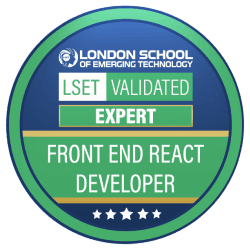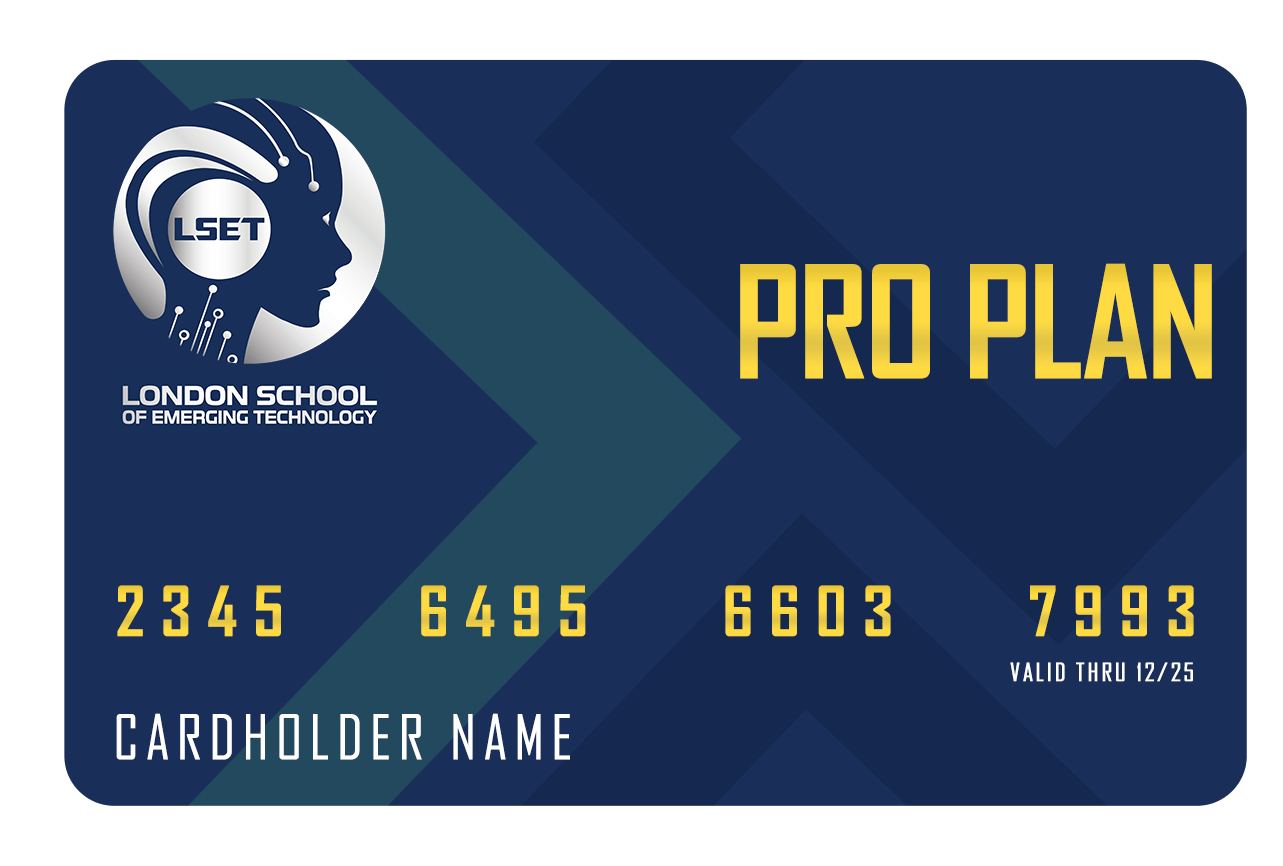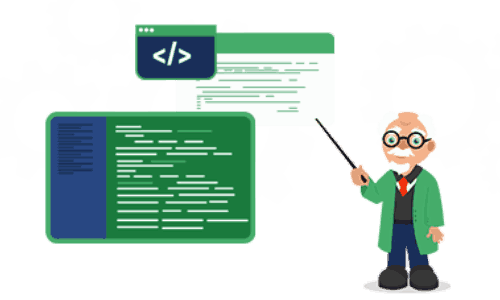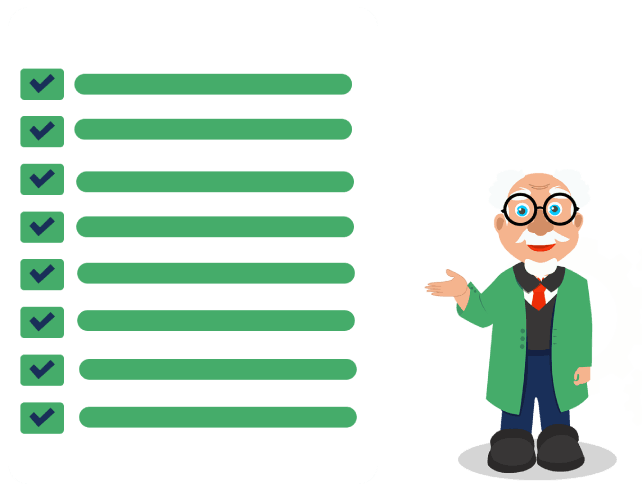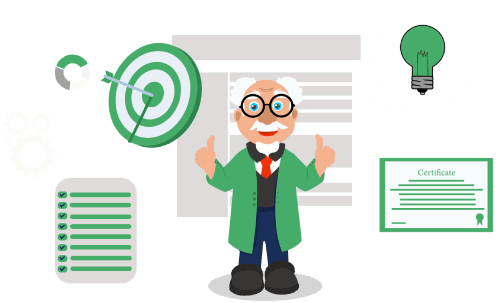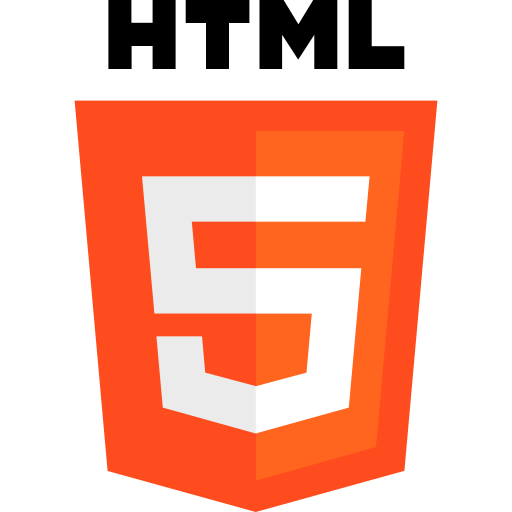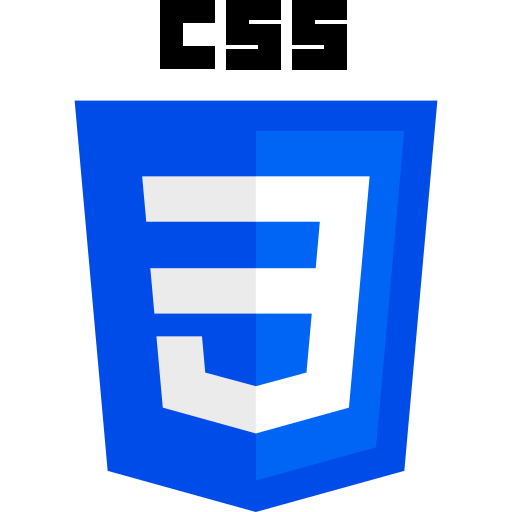React: A library for building UIs, emphasising component-based architecture for creating reusable UI elements.
Git: It is a distributed version control system that tracks changes to code, facilitating collaboration, and managing project versions effectively.
JavaScript (ES6+): The primary programming language for web development, with a focus on modern ES6+ features used in React development, such as arrow functions, destructuring, and spread/rest operators.
Webpack: A module bundler for JavaScript applications, enabling developers to bundle and optimise front-end assets, manage dependencies, and streamline the development workflow.
CSS Modules / Styled-components: Approaches for styling React components, including CSS Modules for local scope CSS and styled-components for writing CSS directly within JavaScript files, promoting component-based styling and enhancing maintainability.



 Premium Career-Ready Track
Premium Career-Ready Track
